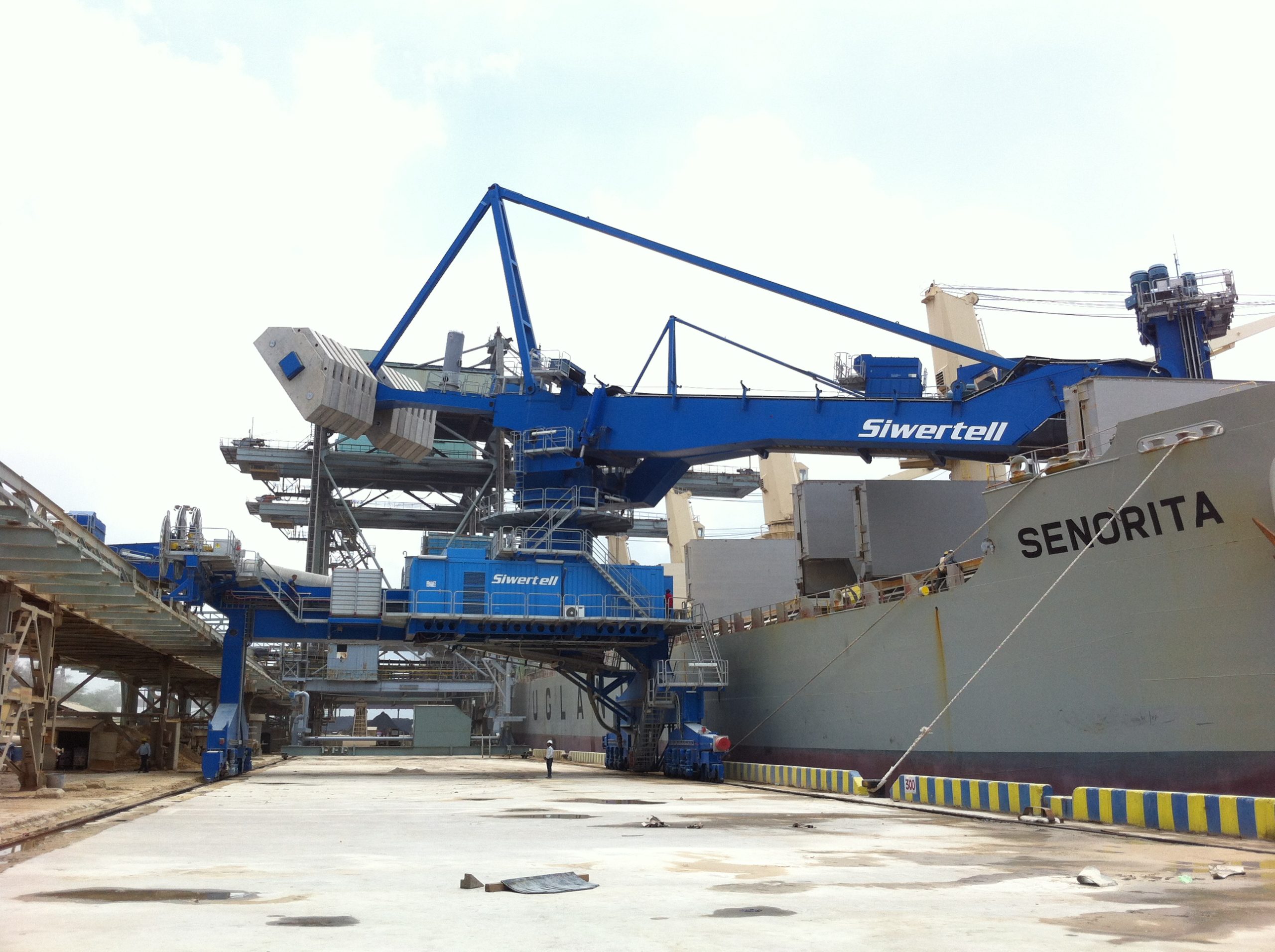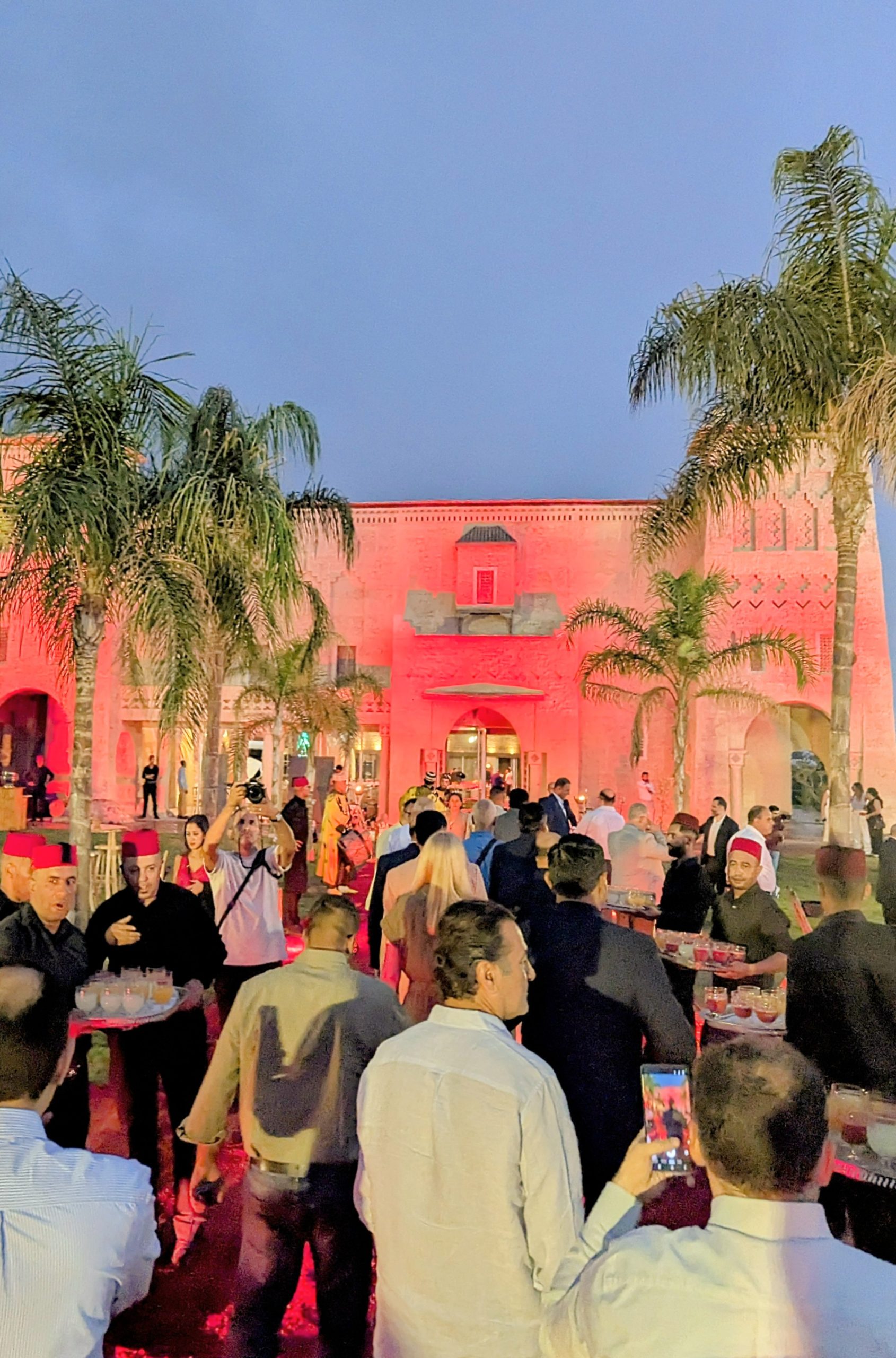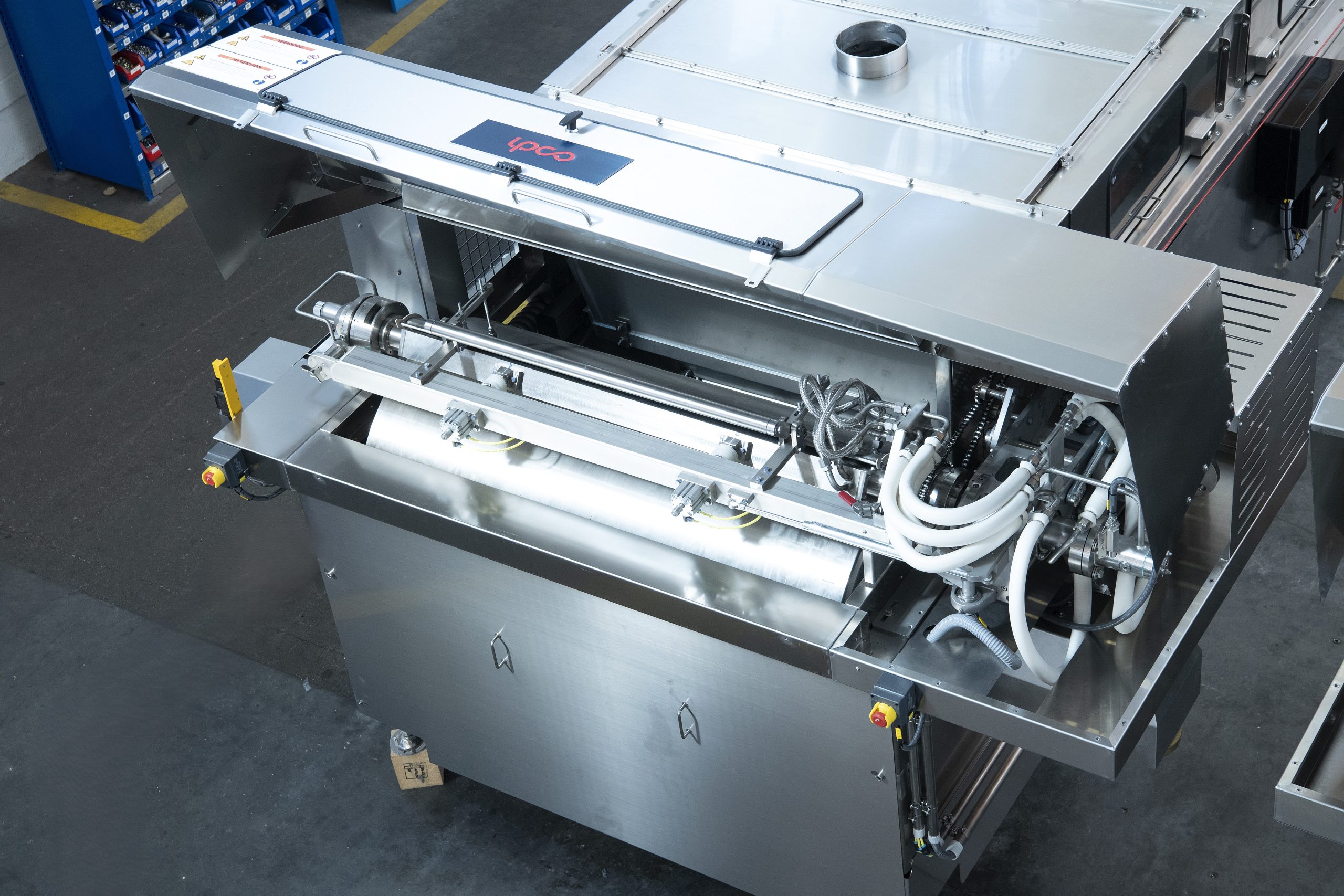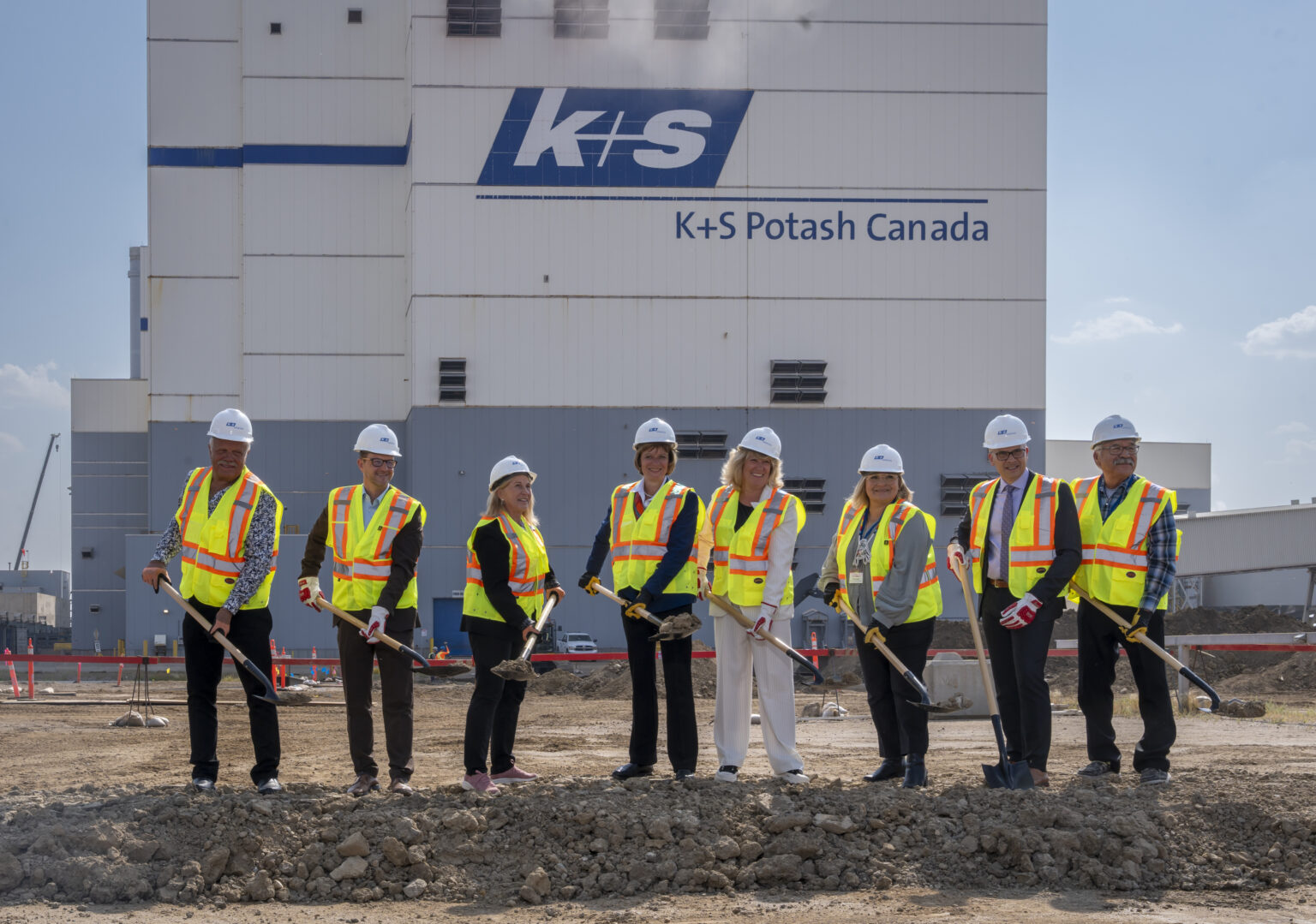Nitrogen+Syngas 322 Mar-Apr 2013
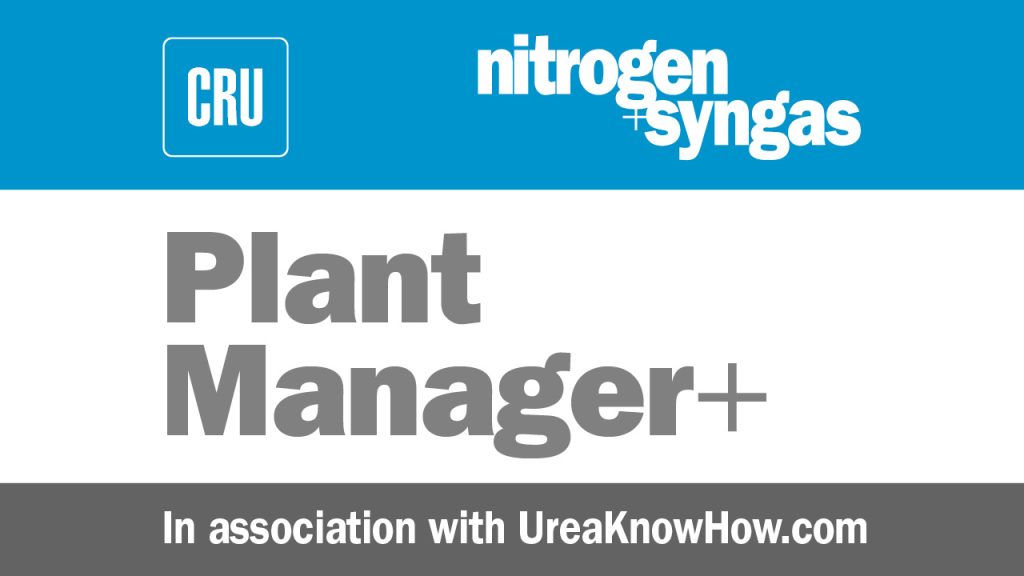
30 April 2013
Problem No. 17: Loose liner or overlay welding?
In urea plants, high pressure equipment typically has a carbon steel pressure-bearing wall, which is protected against carbamate corrosion by means of a protective layer, typically made from 311L UG or 25-22-2 stainless steel.
Typically a loose liner or overlay welding is selected to provide this protective layer. But what is the best choice, what are the advantages and disadvantages of loose liners and overlay welding and what are the actual experiences in the field? An important difference between the two options is that an overlay welding leads to a leak before break scenario, while a loose liner leads to a break before leak scenario. Loose liners therefore require a proper leak detection system.

Mr Mark Brouwer of UreaKnowHow.com in the Netherlands starts up the following discussion: What is more reliable/safe/easy to maintain as a protective layer for the carbon steel pressure-bearing walls of high pressure equipment items in urea plants: a loose liner or overlay welding? What are your experiences?
Mr Muhammad Adnan Hanif of Fauji Fertilizer Corporation in Pakistan replies: In my opinion, a loose liner is the more attractive option compared to overlay welding owing to:
- ease of installation especially when the area to be covered is large e.g. a high pressure reactor;
- maintenance is easier and less time consuming as normally a new liner is installed on the old liner without cutting/removing the old one;
- thickness monitoring of a loose liner is easy and preventative maintenance planning is easy as the lining area is normally divided into a number of sections.
Mr Qaisar Abbas of SAFCo, Jubail in Saudi Arabia also shares his experiences: We have both types of protection (loose liner and overlay welding) in different HP equipment items in our TOYO technology urea plant. The domes of the stripper and condensers are protected by overlay welding while the shells of the reactor and scrubber are protected by a looser liner.
It is my understanding that overlay welding of large areas is not practical, therefore a loose liner is preferred. For vessel areas with a difficult configuration (e.g. a dome), overlay welding is preferred. The consequences associated with the failure of a loose liner are more serious than the failure of an overlay welding.
There is not much difference in inspection approaches (VI, UT, DPT) for both techniques, but I agree that repair and maintenance of a loose liner is relatively easy compared to overlay welding.
Mr Waqas Habib, Process Engineering Unit Manager of Engro Fertilizers Limited in Pakistan joins the discussion: Although I am not an inspection engineer, in my view a loose liner is recommended whenever someone wants to design a weep hole detection system. With overlay welding I don’t think a weep hole detection system makes any sense. Provided that there is confidence with the quality of the overlay welding and there are no concerns that there will be leakage of carbamate through the overlay welding into the carbon steel shell prior to the next inspection, then overlay welding may be fine.
Mr Sajid Aziz of FFC in Pakistan adds his opinion: In my opinion weep hole detection systems also exist in overlay welding configuration. In such cases the weep hole is provided exactly behind the weld seams because leakages occur from weld seams. A groove is present under the weld seams to lead the leakage towards weep hole.
In a loose liner configuration the life of an equipment item can be increased by providing an additional lining if the retiring thickness is going to be reached, while in the case of a weld-overlay configuration a retiring thickness of sacrificial covering means the end of equipment life.
I suggest that a loose liner is the better option as compared to overlay welding unless you use a material for the overlay welding configuration which has zero corrosion rate along with high erosion resistance.
Mark asks for some clarifications: Sajid, as overlay welding is welded over the complete surface I do not understand your statement the a “weep hole is provided exactly behind the weld seams”. Also, the installation of a second liner on an existing one is not without risks: With a liner one should always assure proper functioning of the leak detection system. Furthermore one loses the chance to inspect the inside of the carbon steel pressure-bearing wall. For your information, overlay welding can be repaired and extra welding could be done or a liner could even be installed on a section with an overlay welding.
Mr Ramin Jafarvand of CCM in Iran shares his experiences: The main purpose of installing the protective layer in HP equipment is protection of the carbon steel pressure-bearing wall. It is important to be aware of any defect in the protective layer and a leak detection system is a solution for this situation. Detection of the leakage in overlay welding is not possible in my opinion and considering the high corrosion rate of carbamate, in the case of any defect in the overlay welding, we will be aware just after the vessel wall failure that is very difficult to repair. In my opinion it is impossible in the field in the case of multilayer vessels. So in my opinion a loose liner is safer than the overlay welding for external wall protection, however overlay welding may be used for the protection of internal parts such as the tubesheet or for media with lower corrosion rate.
Mr S.K. Gupta of IFFCo in India shares his view: Ramin’s view is very appropriate. For HP vessels handling corrosive liquid a loose stainless steel liner with a proven leak detection arrangement is the best option. Early leak detection and then preventative action is a must otherwise the consequences may be disastrous. With an overlay weld arrangement no such leak detection is possible. It is a fact that the risk of a leak in the welds of a loose liner are higher than in an overlay weld but at the same time early leak detection is possible with loose liners.
Waqas shares more experiences: We have experienced 3 to 5 mm pitting on the overlay welding in the dome area of our urea reactor. In the straight portion, a loose liner is present and has been OK. Since the reactor is part of a CO2 stripping design, the top section of the urea reactor contains the vapour phase and the solution overflows into the funnel pipe at about 95% height of the reactor. It is strange to find that although some of the liner portion (in straight portion below tangent line) also sees the same vapours but does not contain any corrosion or pitting marks. Only the overlay welding section in the dome area has concentrated corrosion in three regions. Also the corrosion is not uniformly spread throughout the dome. Has anyone else experienced this and found the root cause for it? Is this corrosion due to condensation of corrosive carbamate in the vapur region, due to excessive plant start-ups, due to holding of reactor contents for more than 24 hours, and/or due to formation of the heat effected zone (crystallization of overlay welding material causing the change in metallurgy) during the overlay welding process while manufacturing of the reactor took place? The reactor was first commissioned in 1998 and the last inspection of the dome area was done in 2005. The material of overlay welding and the loose liner is SS-316 L Urea Grade.
Mark replies: We see the following root causes:
- The dome area with overlay welding has poorer insulation than the channel part with the liner.
- Corrosion occurs due to the wrong welding process. In the overlay weld there are areas where welding strips touch each other, which are subjected to two heat inputs during the fabrication process. Sometimes one can see more severe corrosion at these locations.
- Other things to consider are whether overlay welding is easier to repair. When an overlay weld area shows a leak only a small part of the carbon steel wall sees carbamate (leak before break scenario), but when a liner shows a leak a large area of carbon steel sees carbamate, a catastrophic failure of the carbon steel wall may therefore be less likely with overlay welding.
| This series of discussions is compiled from a selection of round table topics discussed on the UreaKnowHow.com website. UreaKnowHow.com promotes the exchange of technical information to improve the performance and safety of urea plants. A wide range of round table discussions take place in the field of process design, operations, mechanical issues, maintenance, inspection, safety, environmental concerns, and product quality for urea, ammonia, nitric acid and other fertilizers. |



